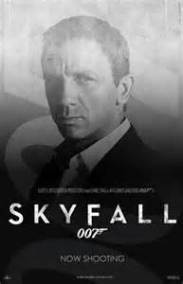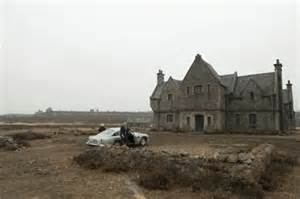
“Ready for some fun?
Neither am I.”
Saturday night at the Fatt Lipp household. Curl up on the sofa with the missus and cue up the quintessential popcorn movie: a James Bond flick. Ol’ reliable. When you sign on for a couple hours with Bond, you’re choosing a brand that has delivered unflagging consistency over five decades. We all know the brand attributes: Creative action scenes. Deadly doodads. Stunning cinematography. Memorable villain. Exotic locales. Equally exotic women. And that trademark sophisticated bemusement, even in dire circumstances. In short, a thrill ride on the screen. Sit back and enjoy the fun. Because that, after all, is the Bond brand: fun.
And that’s what Saturday night with Skyfall was—for the first hour or so. It had all the above attributes (especially the cinematography… just gorgeous), plus an intriguing wrinkle focusing on Bond’s advancing age. Nice touch.
Then, inexpicably, it all went wrong. About two-thirds in, some screenwriter or producer decided to throw Craig and Dench into Bond’s grey, dreary boyhood home in grey, dreary Scotland. And there the movie stalled for the remaining hour, all dismal, brooding and claustrophic. (You could almost hear the anguished cries of director Sam Mendes: “Nooooooooo!!!”)
Maybe, maybe if this were not a franchise flick, maybe if it were Joe Secret Agent returning prodigally to his homestead, it might have worked. But this was Bond. James Bond. And the brand had veered way, way off course. Crushing disappointment. Crashing bore.
Bond. Boring. Believe it? Bah.
The lesson in here for marketers: You can extend your brand, modify your brand, shake or stir your brand. (Hey, one needs to adapt to the times.) But you do not have a license to kill your brand.
